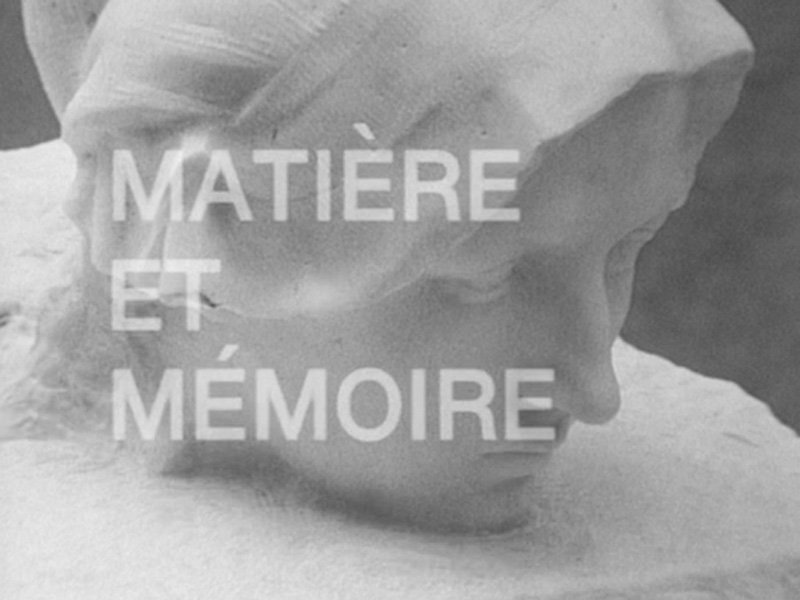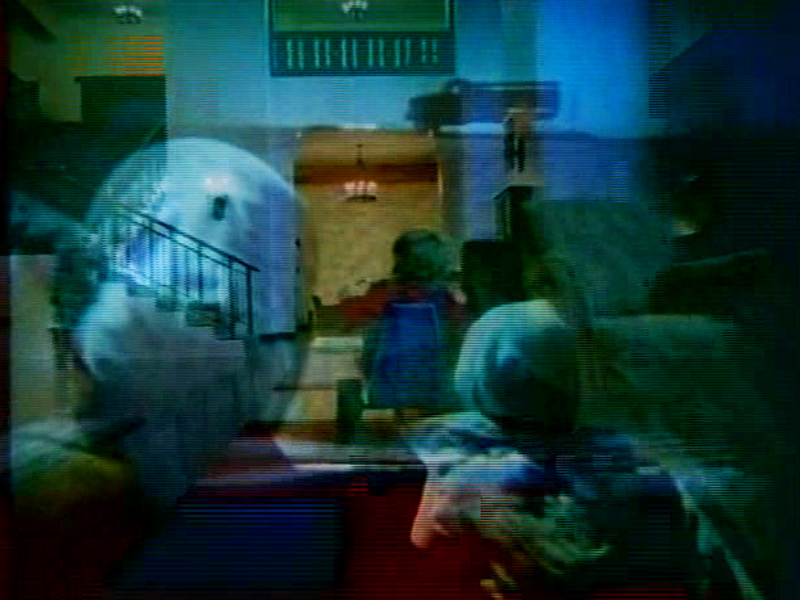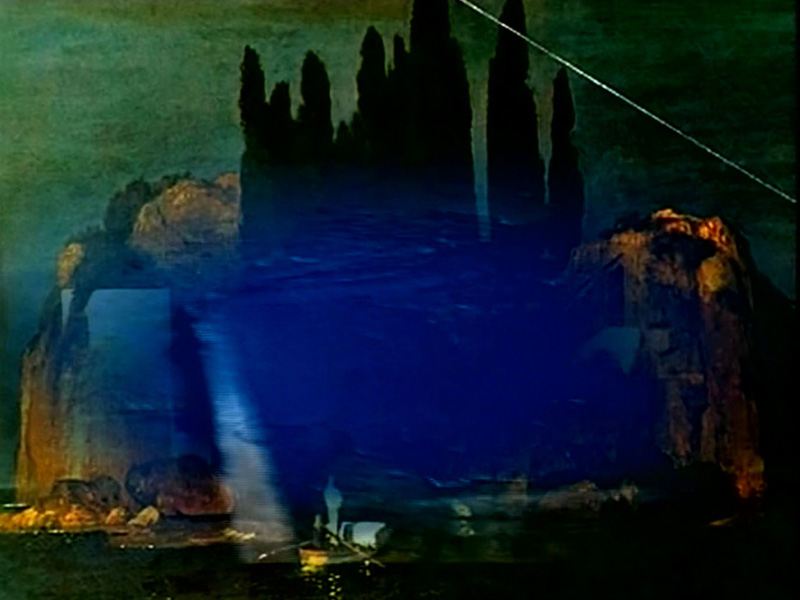“Taking the opportunity of a commission from MOMA, The Old Place makes the museological purpose of Godard’s life's work explicit. Having recorded the dreams and horrors of the 20th century, cinema has become an "old place" where all those who "refuse time, because they don't want to lose rank", find refuge. It's up to cinema to build its own refuge, and to welcome in images from the past; because "from Botticelli to Barnet, it's the same gaze, the same suffering" – a possible development of the "classic= modern" equation written on a blackboard in Bande à part. And in the role of museographic patron saint, Malraux has been replaced by Walter Benjamin. Godard bestows on cinema the task Benjamin assigned to the historian: that of saving from oblivion images and men who were victims of history. In every image, wrote Benjamin, quoted by Godard and Miéville, "the past sets up a lightning-flash resonance with the present to form a constellation". In The Old Place, the flash through the history of the 20th century, of art and of cinema, becomes a journey to the stars – and the museum becomes a planetarium.” (Cyril Neyrat)
Courtesy of The Museum of Modern Art
French spoken


